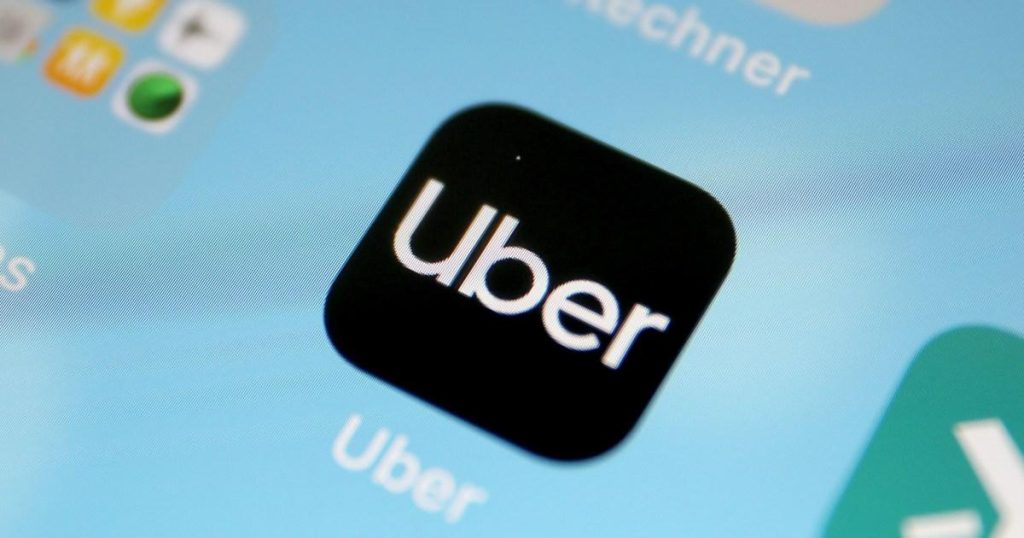Uber’s new “Trip Radar” feature, designed to connect drivers with ride requests, has sparked significant safety concerns among drivers, passenger advocacy groups, and unions. The feature, which presents drivers with multiple ride offers simultaneously and allows them to bid competitively for trips, is alleged to be highly distracting, diverting drivers’ attention from the road and creating a dangerous environment for all road users. Drivers report being bombarded with trip offers, even at low speeds or when stopped at traffic lights, forcing them to constantly interact with the app while driving. This constant engagement with the Trip Radar interface, even at speeds below 4mph as claimed by Uber, leads to drivers taking their eyes off the road, increasing the risk of accidents involving pedestrians, cyclists, and other vehicles. The anxiety of missing a potentially lucrative fare further exacerbates the problem, pushing drivers to react quickly to incoming offers, further compromising their concentration on driving. This has led to near-misses and increased stress levels among drivers, with some reporting having to pull over to safely manage the influx of trip offers.
The mechanics of the Trip Radar system contribute to driver distraction. The user interface presents a wealth of information about each potential trip, requiring drivers to process multiple data points, including fare, destination, distance, and estimated time of arrival, before deciding whether to bid. This complex decision-making process demands significant cognitive resources, distracting drivers from their primary task of safe navigation. Furthermore, the competitive bidding aspect of Trip Radar creates a sense of urgency, pressuring drivers to respond rapidly to avoid losing out on potential earnings. This “fastest finger first” mentality intensifies driver distraction and encourages risky behavior on the road. Finally, the waiting period after bidding, where drivers are left in limbo awaiting ride allocation, can extend for up to 30 or 40 seconds, causing them to miss turns, exits, and traffic signals, further jeopardizing road safety.
Beyond the immediate safety concerns, Trip Radar is also criticized for its potential impact on driver earnings. The competitive bidding system is alleged to drive down fares, as drivers undercut each other to secure rides. This “race to the bottom” dynamic reduces drivers’ overall income and profitability, forcing them to work longer hours to maintain their earnings. The App Drivers and Couriers Union (ADCU) argues that Trip Radar is designed to exploit drivers, allowing Uber to maximize profits at the expense of driver livelihoods. The system also introduces an element of unpredictability into driver earnings, making it difficult to plan and budget effectively. Drivers can no longer rely on a consistent stream of ride requests at reasonable fares, as they are now forced to compete with each other in a real-time auction, where the lowest bidder often wins.
The rollout of Trip Radar has been met with strong opposition from drivers and their representatives. The ADCU has launched a petition calling for the immediate removal of the feature, citing safety concerns and the negative impact on driver income. Individual drivers have also expressed their concerns, sharing stories of near misses and increased stress levels due to the constant distractions posed by the app. Uber drivers with years of experience have highlighted the drastic change in their working conditions, emphasizing the difficulty of concentrating on the road while simultaneously navigating the complex Trip Radar interface. The petition organized by the ADCU has garnered significant support, with numerous drivers sharing their experiences and echoing the call for Uber to prioritize safety over profit.
Despite Uber’s claims that Trip Radar is designed to minimize driver distraction, with the full selection of trips only displaying when the vehicle is stationary or traveling at very low speeds, drivers dispute this assertion. They report being bombarded with trip offers even while driving at moderate speeds, especially during periods of congested traffic or when approaching intersections or roundabouts. This discrepancy between Uber’s claims and driver experiences raises questions about the effectiveness of the safety measures implemented within the app. The reliance on GPS speed detection, which drivers argue is inaccurate and prone to lag, further contributes to the problem, as the app may not accurately reflect the driver’s actual speed, leading to the display of trip offers at inappropriate times.
The concerns surrounding Trip Radar highlight a broader issue within the gig economy – the tension between technological innovation and worker safety. While ride-hailing apps like Uber have revolutionized transportation, they have also introduced new challenges for drivers, particularly with regard to safety and fair working conditions. The introduction of features like Trip Radar, designed to optimize efficiency and profitability, can inadvertently create unintended consequences, such as increased driver distraction and downward pressure on earnings. It is crucial for companies like Uber to prioritize driver safety and engage with driver representatives to address these concerns and develop solutions that balance technological advancement with the well-being of their workforce. Addressing these issues requires a collaborative approach, involving drivers, unions, and policymakers to ensure that ride-hailing platforms operate safely and sustainably.


